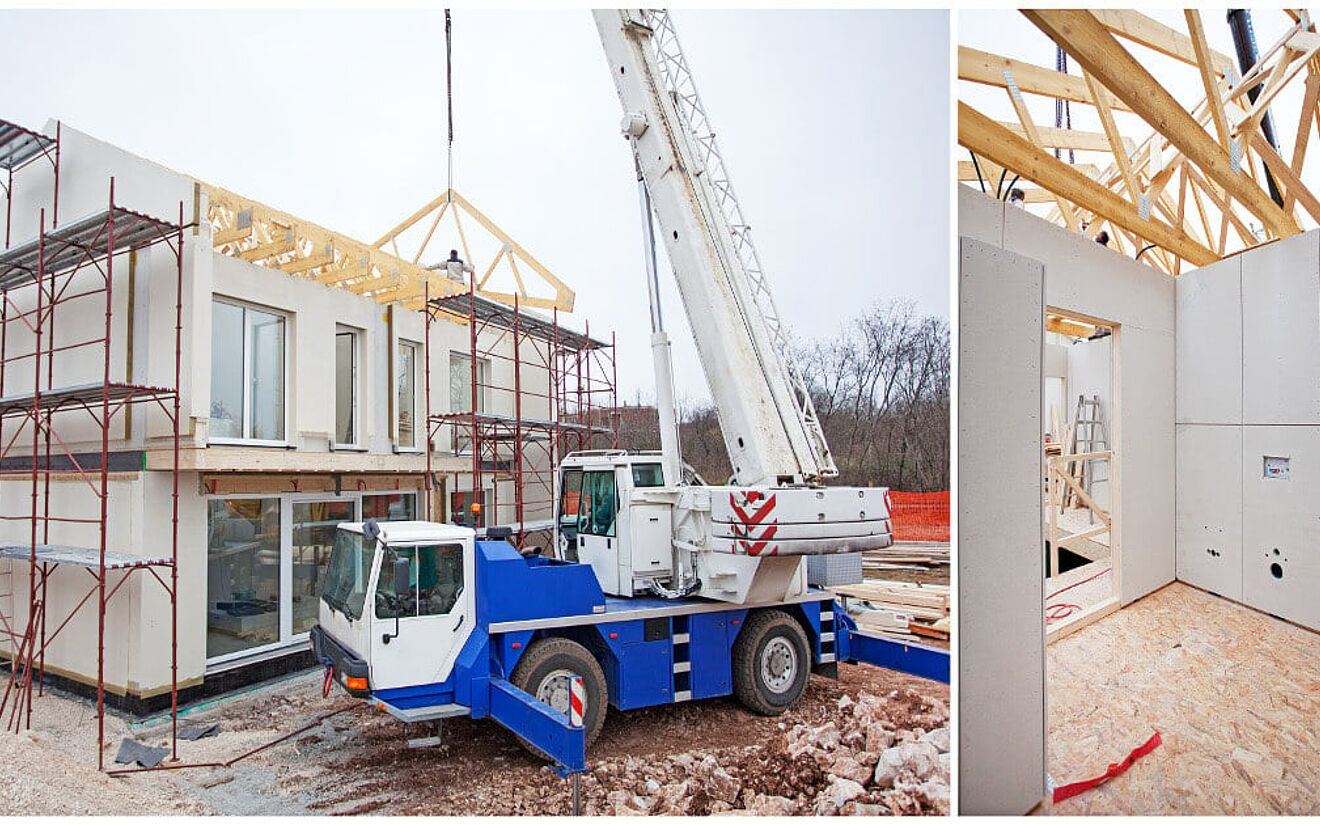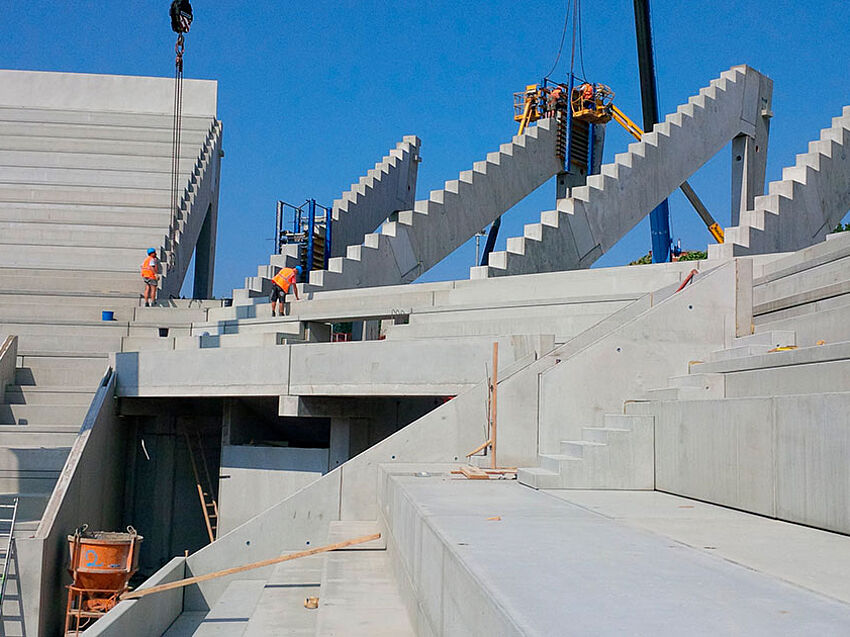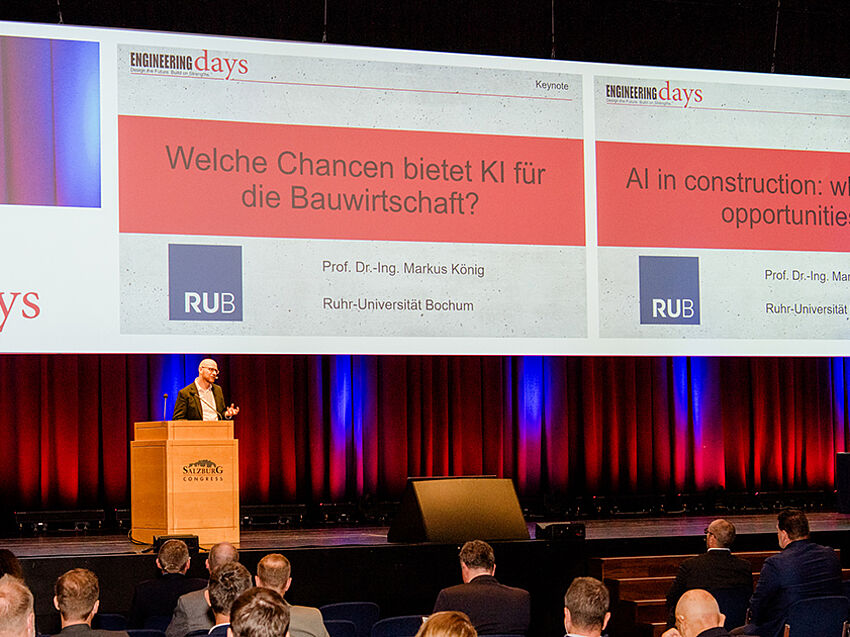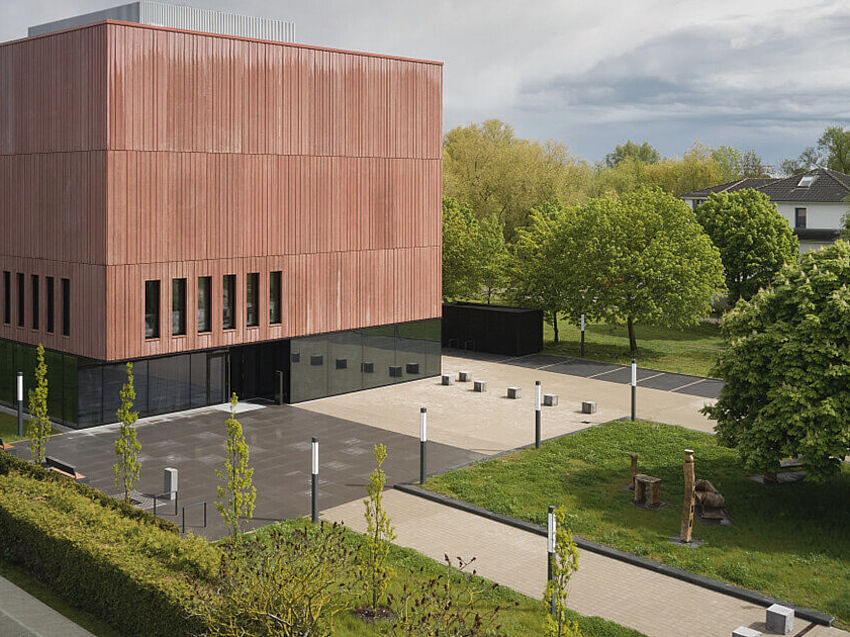Prefabricated homes are trendy. In 2016, the number of building permits for prefabricated single and multi-family homes across Germany was 17.8 percent. Baden-Württemberg even hit more than 30 percent and Hesse hit 28.4 percent. The industry thus reached above-average growth compared to the previous years. And not only that: About 78 percent of these new homes are extremely energy-efficient and meet the strict funding requirements of the Kreditanstalt für Wiederaufbau (KfW - German government-owned development bank). How are these prefabricated homes designed so that they are so sustainable? Read on to find out.
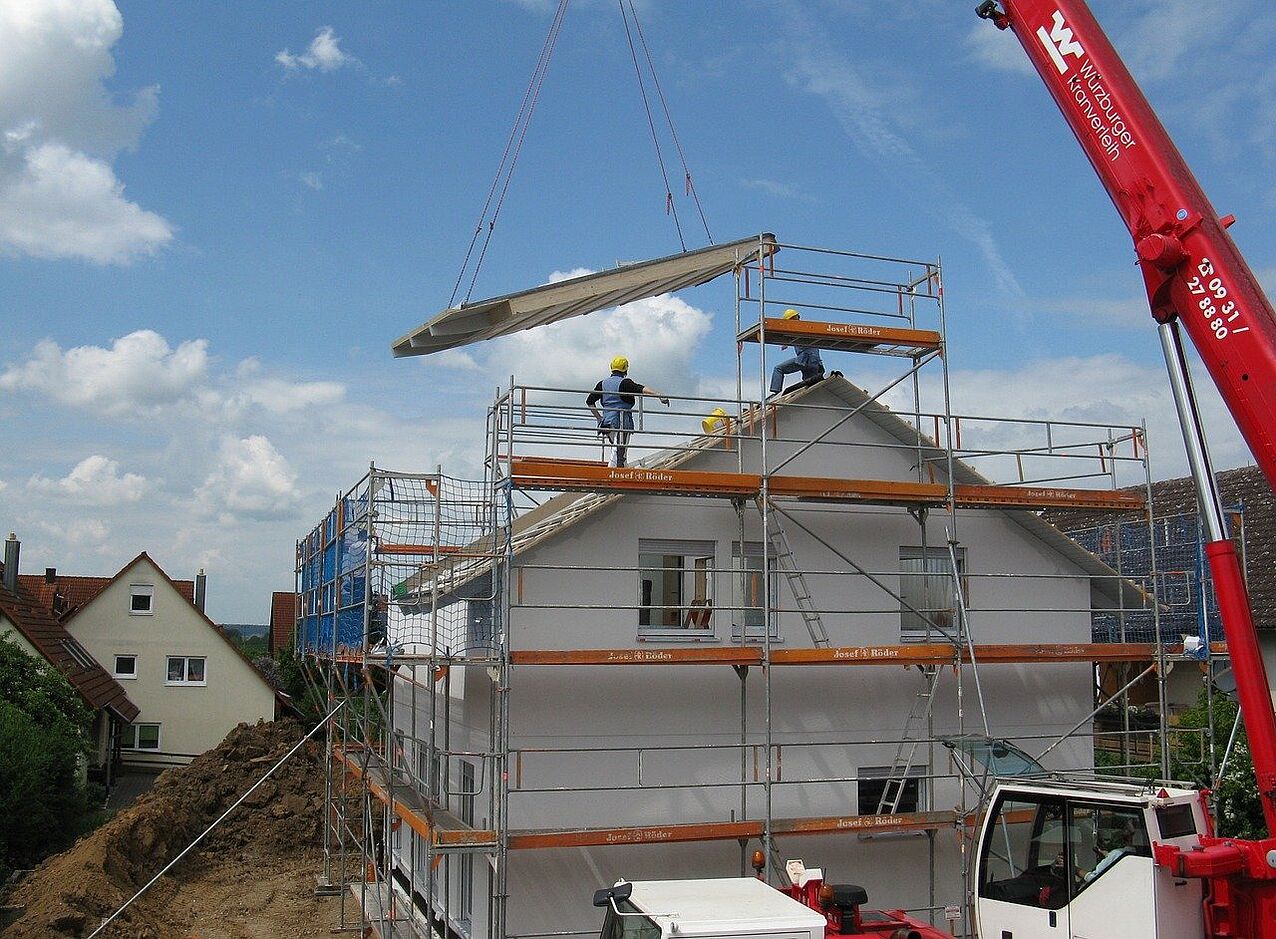
Prefabricated homes: standardized models, quick construction time
Typically, these buildings are based on a prefabricated basic structure, which is made of wood. About 95 percent of prefabricated homes these days are manufactured in a wooden design. This is a modular principle, which allows for quick production and construction times.
The end customer has a variety of standardized models of single and multi-family homes to choose from. Individual design freedom is more limited than with openly planned solid structures. Compared to the latter, a lower life expectancy is expected, which is about 60 to 90 years. That is why the integrated building services are optimally tailored to the entire structure and are tested.
Sustainable building materials and renewable energies
In recent years, prefabricated homes have developed as pioneers for sustainable and energy-efficient building. The wood used usually comes from local forests and ecological forestry. For efficient thermal insulation, the producing companies rely on alternative insulation material, such as cellulose as well as intelligent ventilation systems. In addition, regenerative energy sources are used, such as photovoltaic systems, solar thermal energy systems or heat pumps. Modern building services, such as the smart home, also play an important role. It provides more than just comfort and safety. Residents can thus control and improve the energy efficiency in the entire building. In addition, the standardized production of prefabricated houses significantly reduces the overall energy balance compared to a solid structure. Many homes in this design meet the strict funding guidelines of the KfW and for example correspond to the KfW house 55 or 40.
A self-sufficient prefabricated home settlement in Norway
In Hurdal, a city near the Norwegian capital of Oslo, a complete residential settlement of sustainable prefabricated houses has been under construction since 2013. By the end of 2018, a total of 175 residential units with an area between 28 and 160 square meters are to be built. The walls of these eco homes are covered inside and out with natural wood panels. On roofs facing south, photovoltaic systems produce sufficient power in the summer. In the winter, the residents used locally harvested wood for heating. This project is about more than just an environmentally friendly construction method. The community living there wants to live self-sufficiently and, for example, has set up a car-sharing service with three electric cars for this purpose. An app developed specifically for the neighborhood serves as a bulletin board for carpooling opportunities or fruit to be given away.
Future developments in the prefabricated home industry
Prefabricated homes are an attractive alternative to clients with a rather small budget, but high standards when it comes to sustainability. Young families as well as couples in particular are considered the target group of the industry. The amount of building permits for prefabricated homes will continue to rise in the coming years, not least due to the environmentally-friendly production and the short building time.
